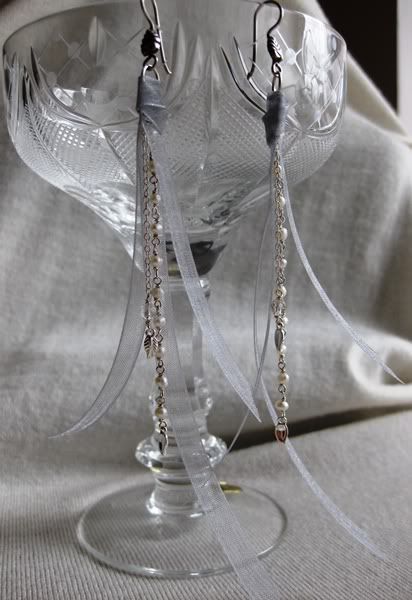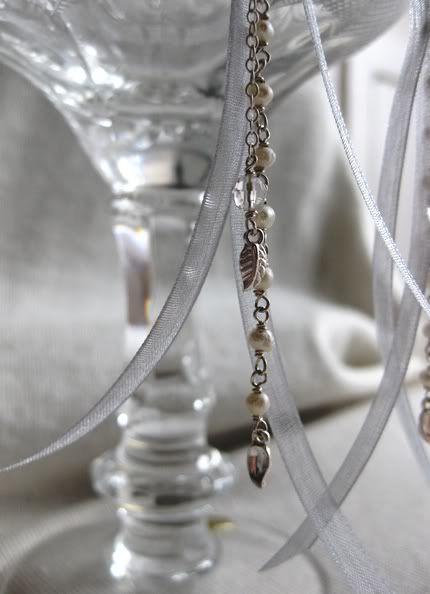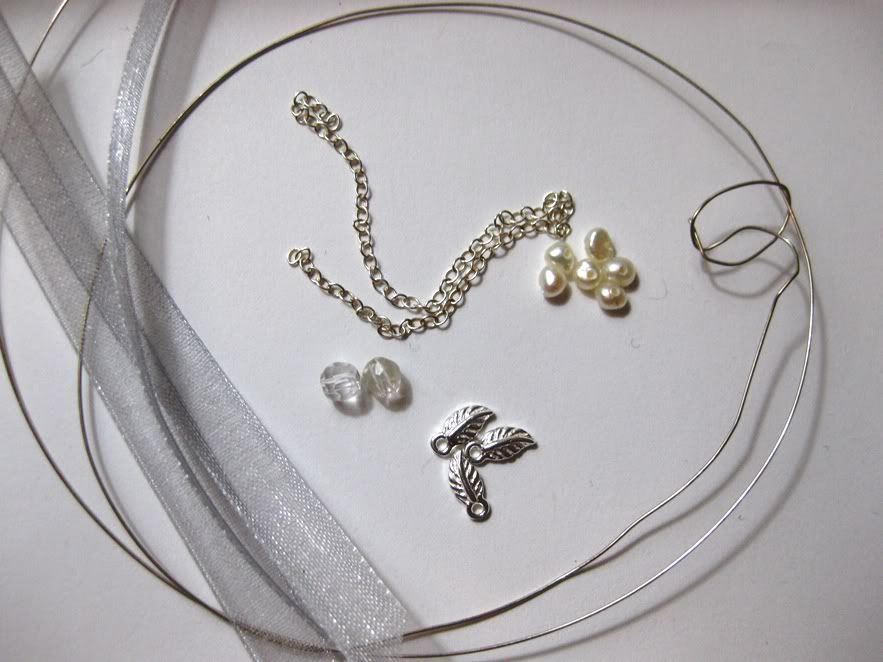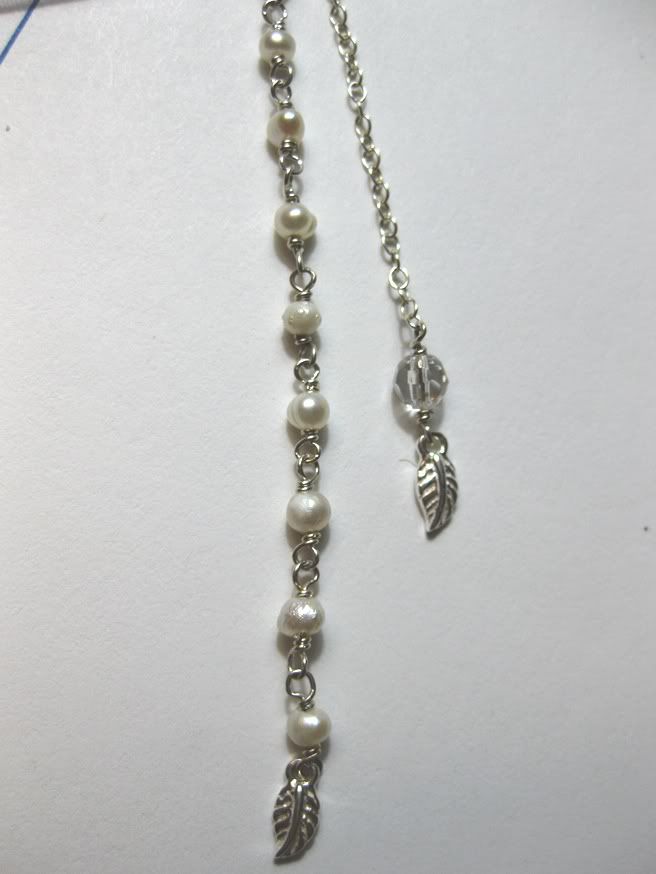 | 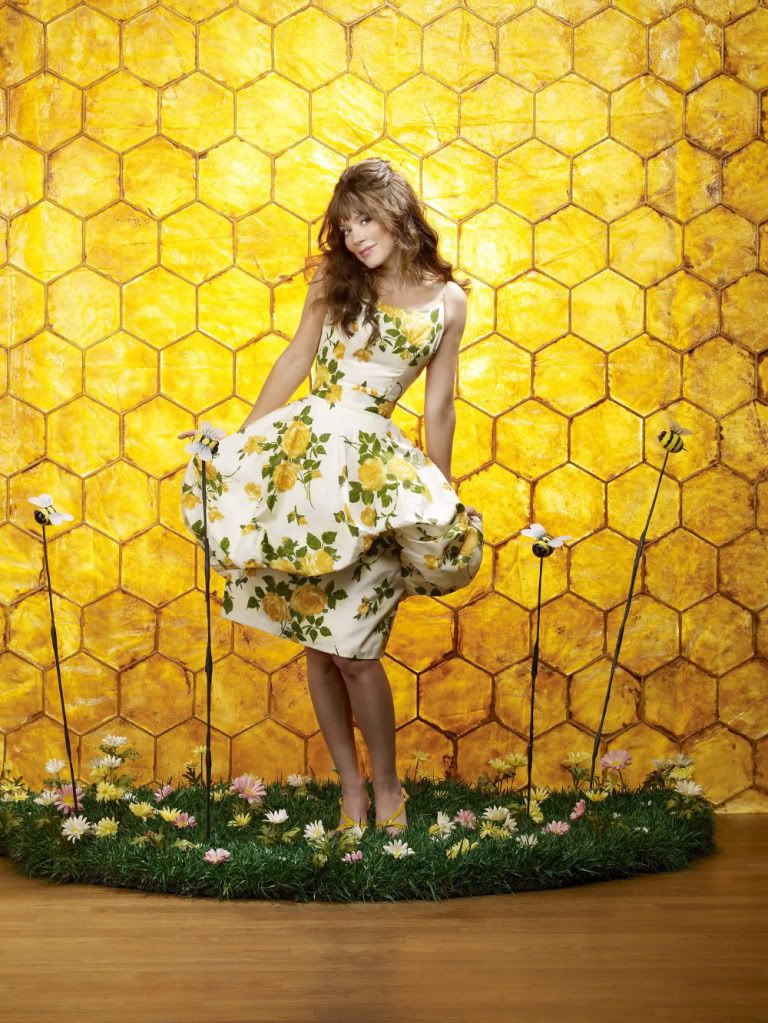 |
Since it was a bit short for my liking and had a generous hem, I decided to lengthen it. This method only works if the dress/skirt has a hem of at least one inch as most of the extra length comes from the hem.
First, carefully let out the hem using a seam ripper or a pair of scissors. Make sure the bottom edge of your skirt fabric doesn't fray by running a zigzag stitch across the bottom (if the manufacturers haven't done this already).
Next, stitch a length of ribbon to the bottom of the skirt. The ribbon should closely match the colour and weight of the dress. I used a fine polyester ribbon with a width of 1.7 cm. Pin the ribbon to the dress so it just covers the zigzag stitch and sew it down.
Right side:
Wrong side:
Hem your dress by flipping the ribbon under and pining it. This way, the hem is made up entirely of the ribbon, and all of the original dress material is being used for length.
Use a blind stitch to sew the hem down. Here's a great video on blind stitching.








